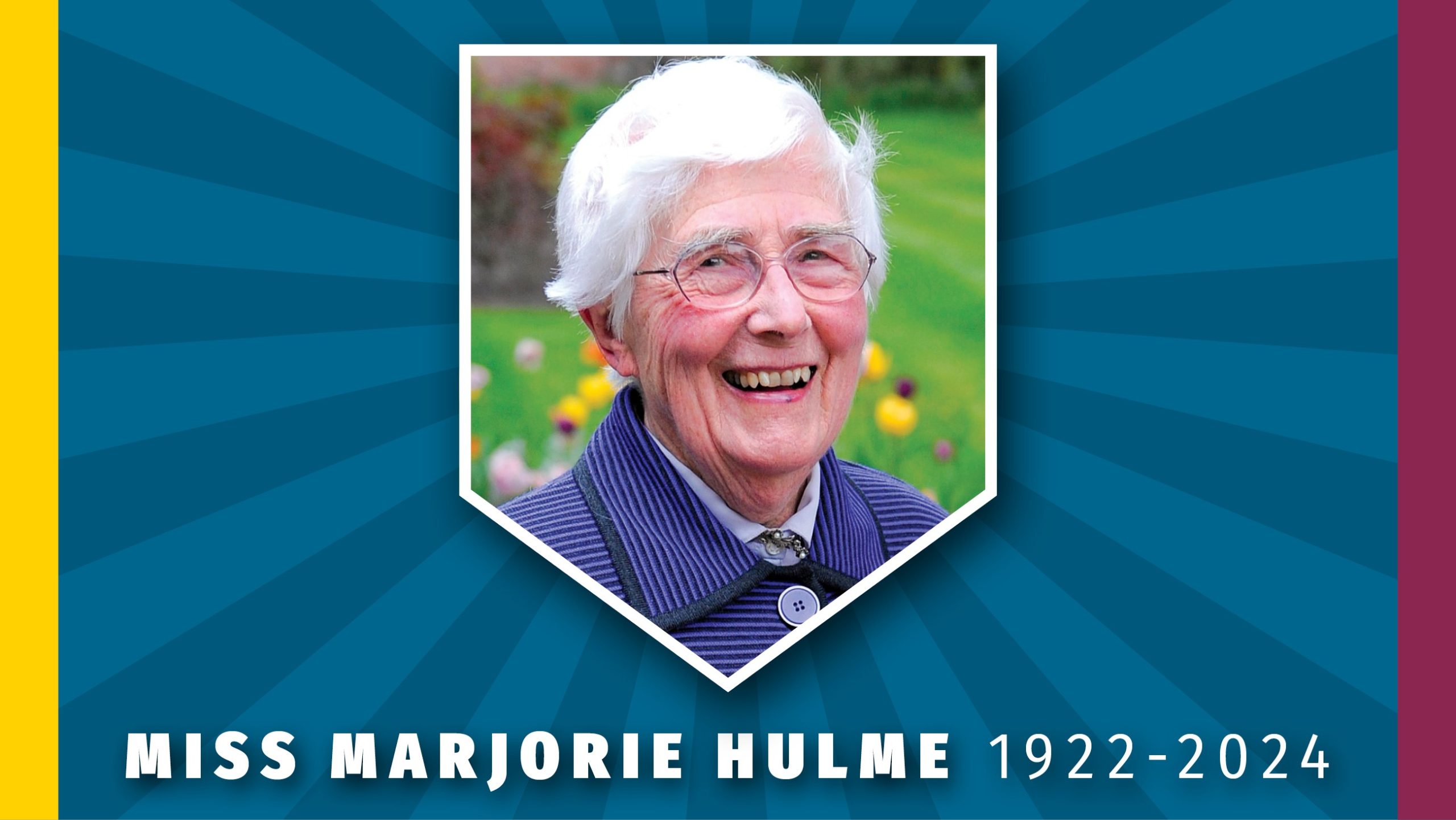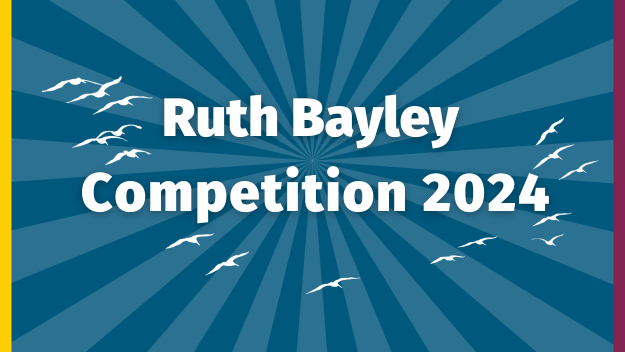8 – 10 Plus
Form I (Year 4)
The Entrance Assessment is taken in January of Year 3 to enter Form I (Year 4) in September. The following is a guide to what each girl should be capable of at the time of the Entrance Assessment.
Mathematics
- Place value up to 1000
- Adding and subtracting up to three digits
- Tables up to 12x
- Four rules of number and their use in money
- Length – m and cms / Weight – kg and g and the conversion of metric units
- Ability to tell the time using the 12- and 24-hour clock and simple calculations on elapsed time
- Use of fractions to describe proportions of a whole
- Simple properties of two-dimensional shapes e.g. symmetry
- Ability to extract information from a list, table or bar chart
- Simple problems involving any of the above
English
- Fluent reading
- Answering vocabulary and simple inference comprehension questions about a passage
- Writing with correct use of capital letters, full stops, question marks and with verb agreement
- Ability to write imaginatively showing variety of sentence construction and grammatical accuracy
Lower II (Year 5)
The Entrance Examination is taken in January of Year 4 to enter Lower II (Year 5) in September
Mathematics
• Tables up to 12x with matching division facts
• Confident use of the four operations
• Decimals; understanding of tenths and hundredths
• Finding fractional amounts of whole numbers and shapes
• Time – 12-hour clock, using am and pm, converting to 24-hour clock
• Areas and perimeters of squares and rectangles
• Understand and convert units of measurement: money, length, mass and capacity
• Classification of polygons
• Graphs – constructing and extracting data from bar charts
• Two-step problems, involving any of the above
English
• Punctuation and grammar as for Form I but including use of inverted commas, a variety of connectives, openers, conjunctions and the correct use of all the verb tenses.
• Correctly punctuated use of clauses within sentences
• Ability to answer a range of question types from a passage
• Stories to be lively and imaginative, using paragraphs, appropriate punctuation, grammar and correct spelling
• Write story plans
• Enjoyment of reading and ability to retell the main points of a story
• Candidates will also be expected to be familiar with the work of some established authors and explain their preferences for certain genres
Upper II (Year 6)
The Entrance Examination is taken in January of Year 5, to enter Upper II (Year 6) in September
Mathematics
- Four rules of number including long multiplication and long division
- Four rules of number using length, weight and capacity
- Time, timetables, 12- and 24-hour clock
- Simple averages
- Decimals and fractions (addition, subtraction and short multiplication)
- Ability to convert decimals to fractions and vice versa
- Graphs: pie charts, pictograms, block graphs, line graphs; the ability to construct, extract and interpret data
- Area and perimeter of regular shapes
- Recognition of shape, rotational and line symmetry
- Increase and reduction as simple percentages
- Two- and three-step problems on any of the above
English
As for all previous years, also including:
- Fluency of writing, with imagination, showing correct use of grammar and paragraphs
- Punctuation using exclamation marks and double quotation marks, eg for names of books inside existing speech marks
- Accuracy in spellings and a wide vocabulary
- Comprehension: ability to deduce information as well as answer straightforward questions
- Reading; as for Lower II, but candidates are expected to have read a wide range of books
Latest News
Miss Marjorie Hulme
When we reflect on the history of our school and the people who have made it the place of outstandin…
Seven Students Celebrate Oxbridge Offers
Seven of Withington’s Year 13 cohort are celebrating offers to study at the Universities of Cambri…
Ruth Bayley Competition 2024
'Birds' is the theme of this year's Ruth Bayley Illustration Competition. Open to all pupils in the …




